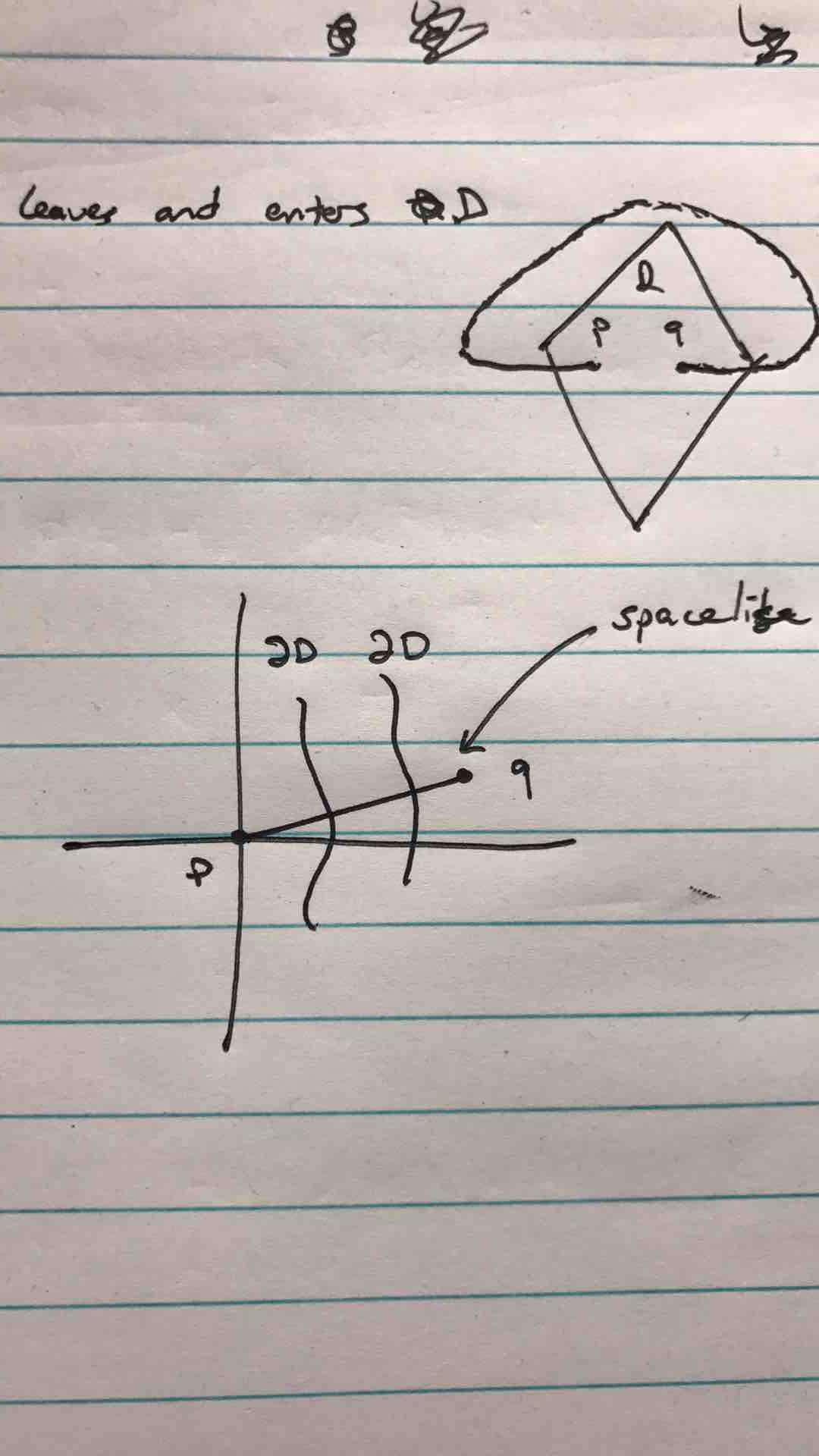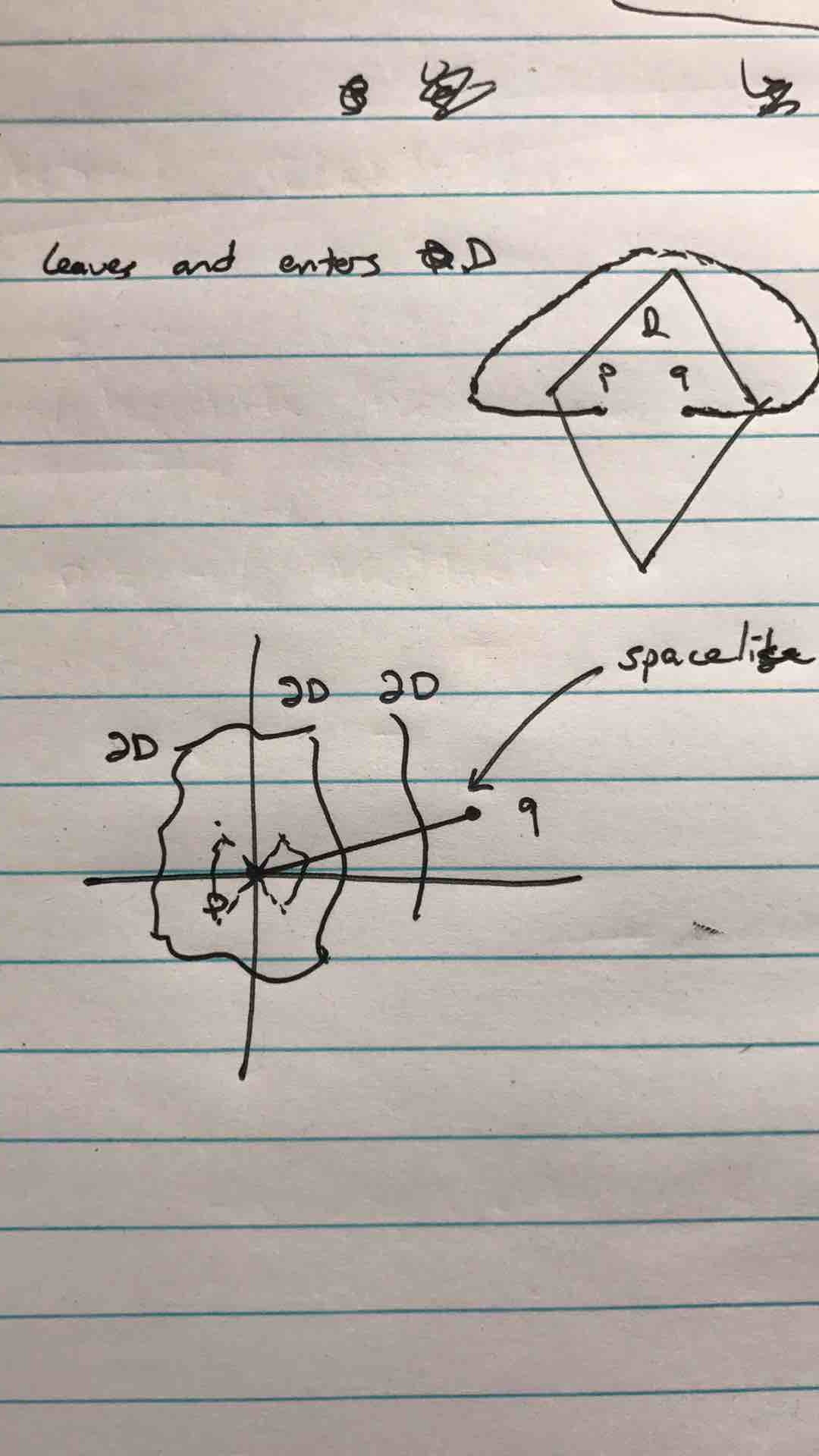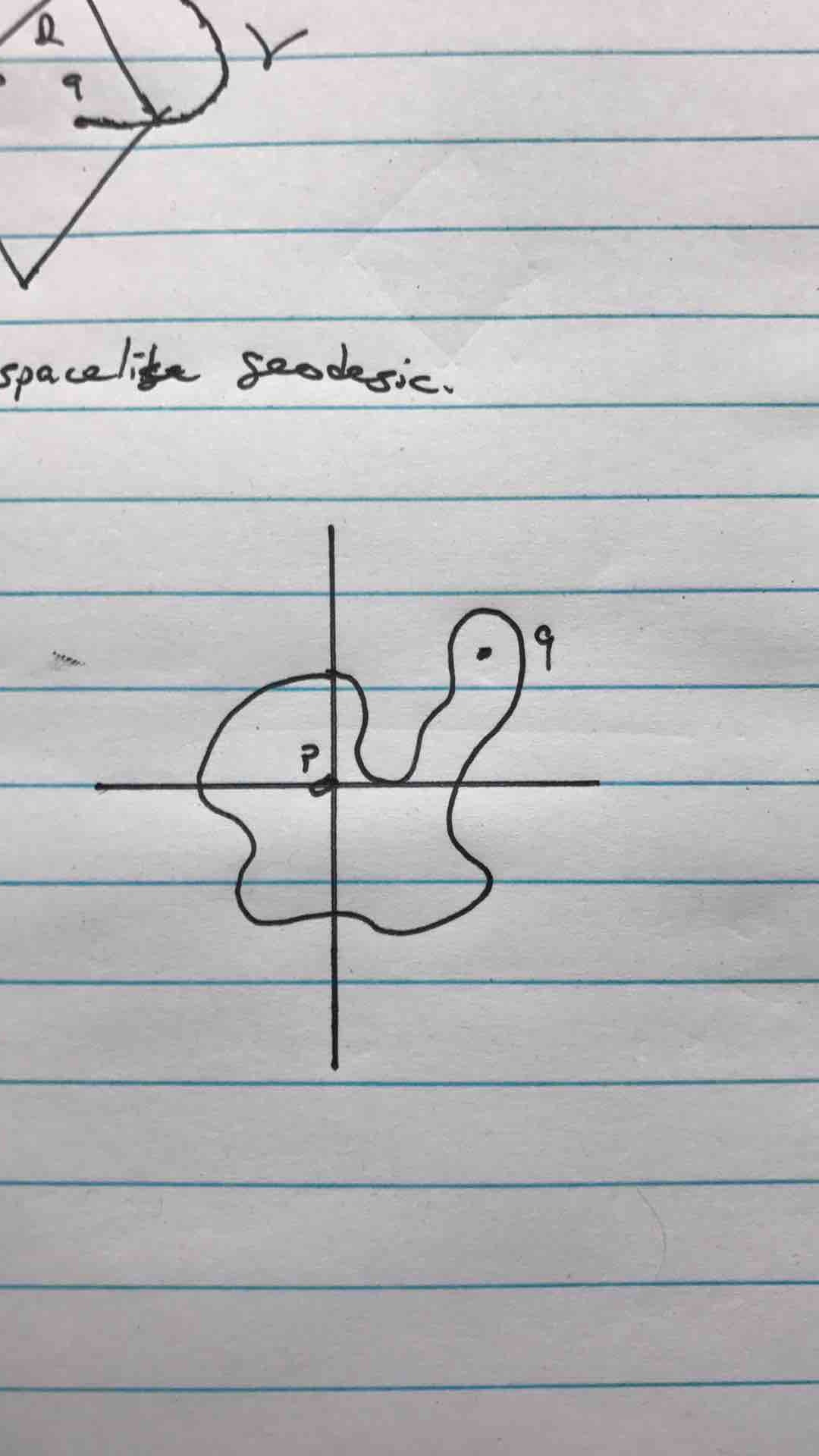00:00 - 17:0017:00 - 00:00
user84215
user84215
user84215
user84215
user84215
user84215
user84215
user84215
user84215
00:00 - 17:0017:00 - 00:00





